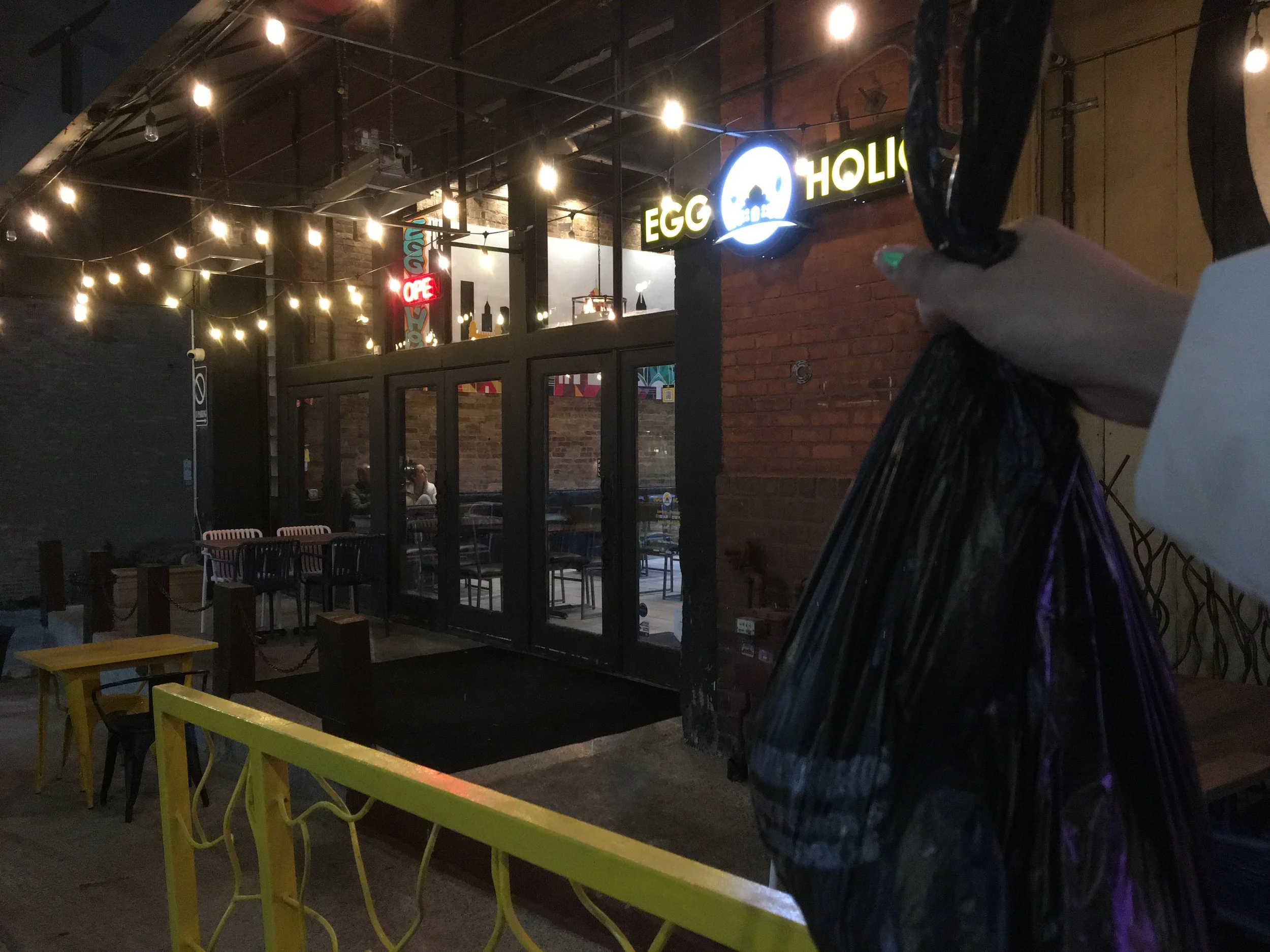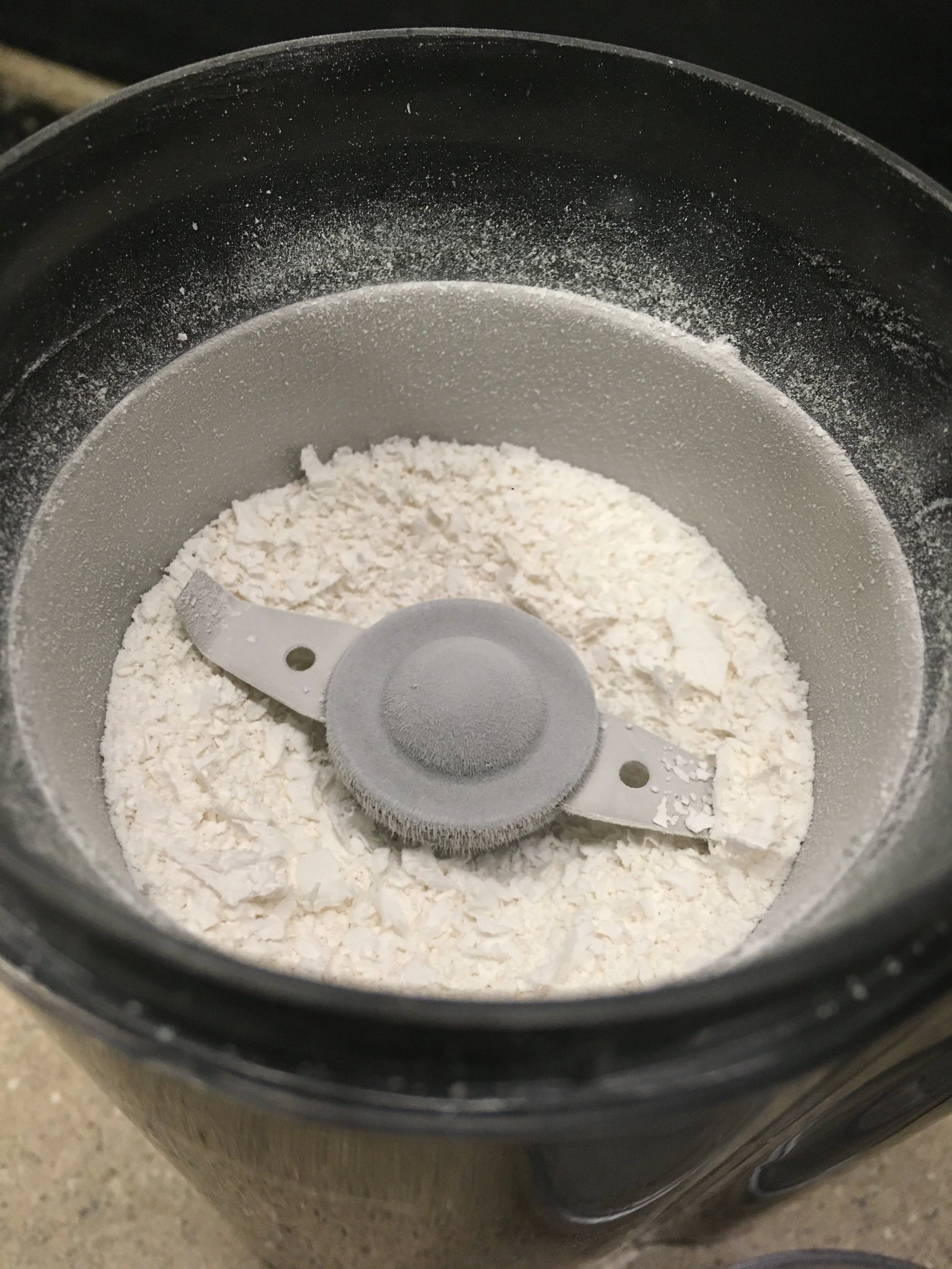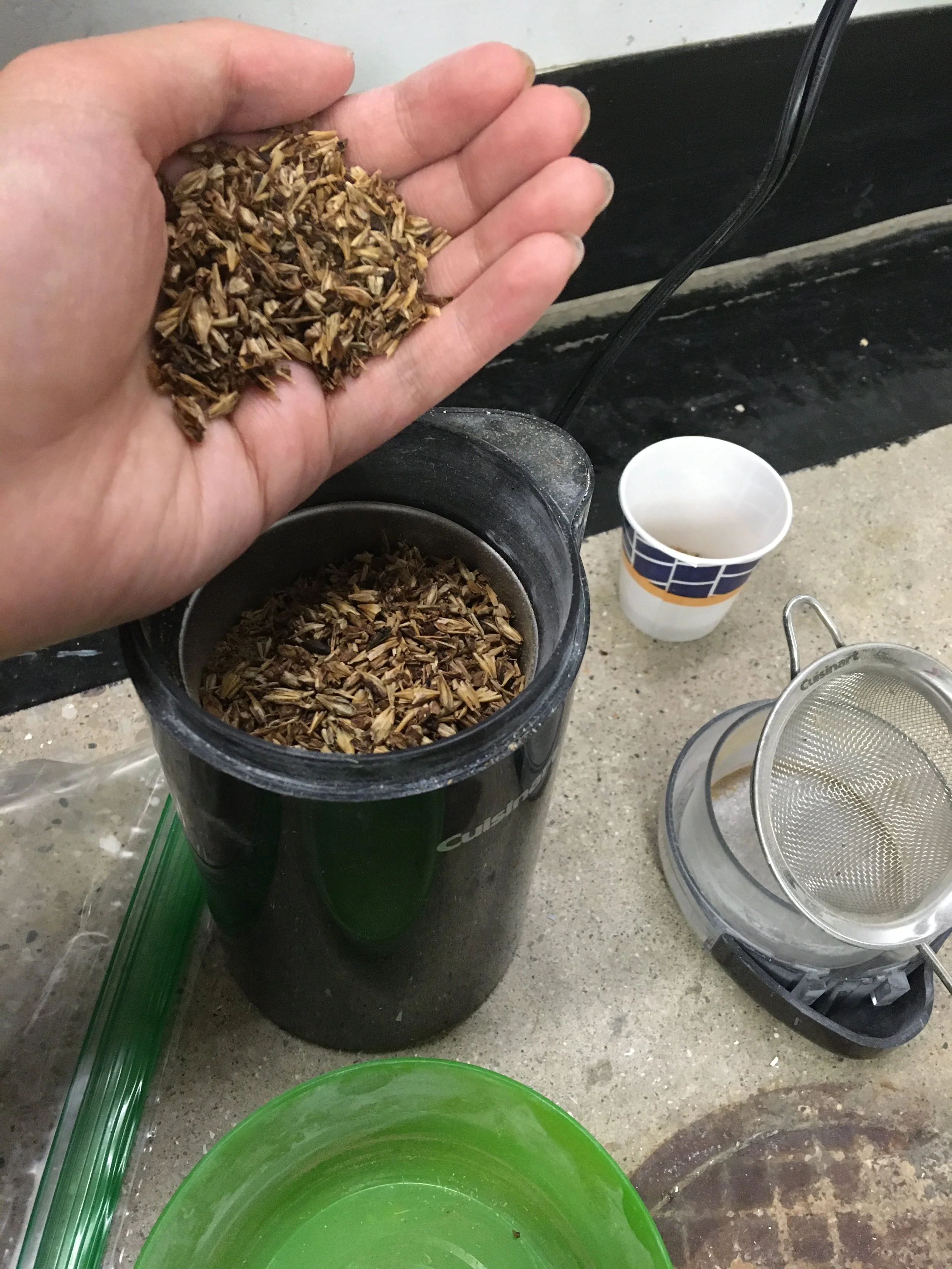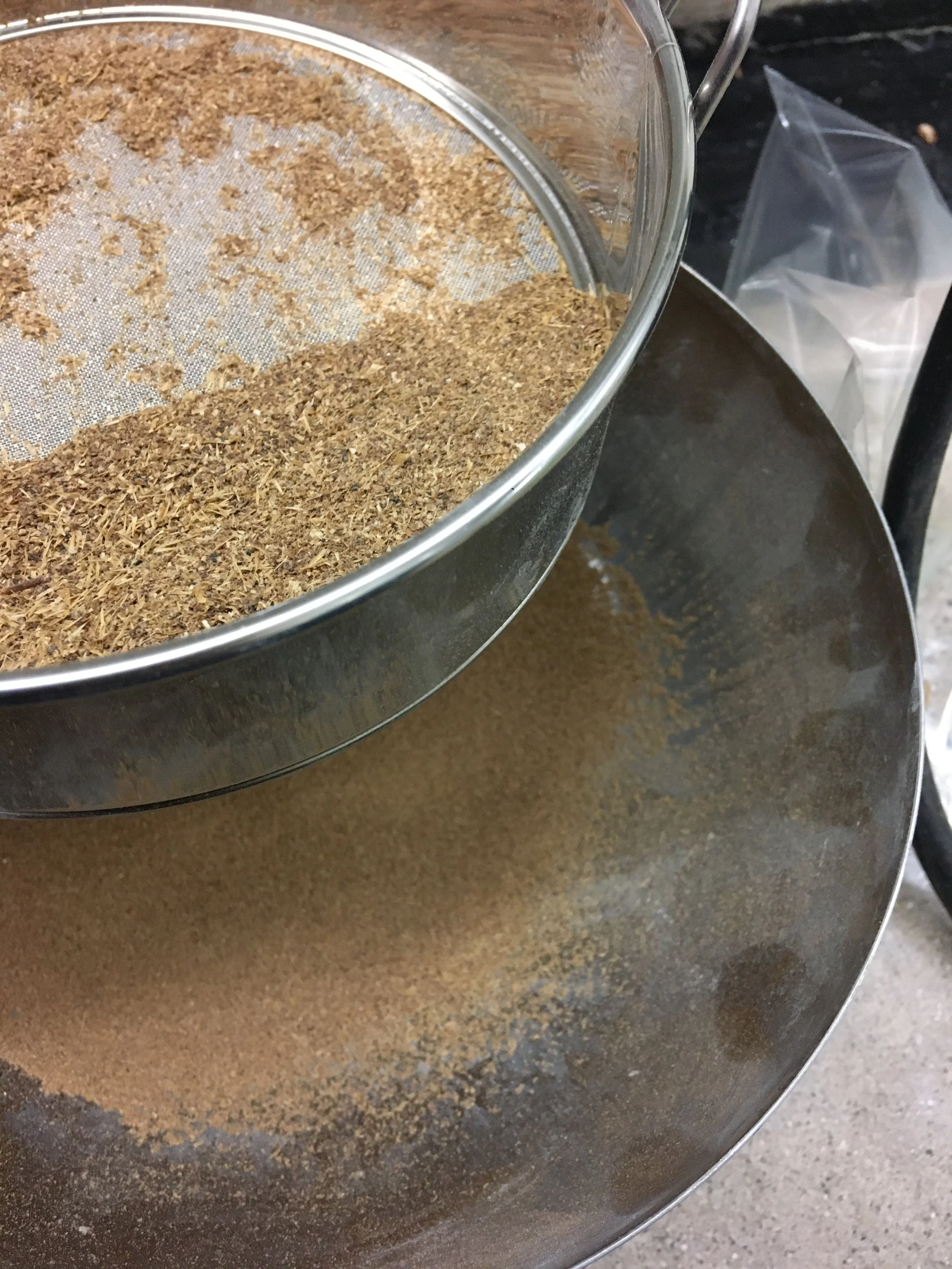weedflower
digital modeling • 3D printing • fabrication • product photography
Making vases from byproducts of the food industry including gelatin, matcha powder, barley husks, and eggshells. Modeled in Rhino. CNC foam milled and 3D printed molds. More Weedflower vases currently in development with new experimental materials.










How might we leverage the abundance of what already exists to create something that is inventive, functional, and aesthetically desirable?
Social stigma presents a barrier to entry for waste as a viable resource in the design world. When we transform the used and discarded into objects of value, we legitimize the creation of things that are “new” in a world overflowing with cast-off articles.
By working with materials reclaimed from the waste stream, I created a series of vases that explores the valorization of industrial refuse.
The vase pictured here is comprised of gelatin and used barley husks for beer, sourced from a local brewery. After running a series of experiments on different materials over the course of several months, final mixtures were determined based on texture, hardness, and ease of molding.
Floral arrangements feature natural weeds hand picked from the city’s streets — a small nod to overlooked beauty hiding in plain sight.
The vase pictured here is comprised of expired matcha powder, gelatin, and ground eggshells sourced from local restaurants in the Chicago area. I modeled the form in Rhino which was then CNC foam milled and 3D printed to create the molds for the organic mixtures.


